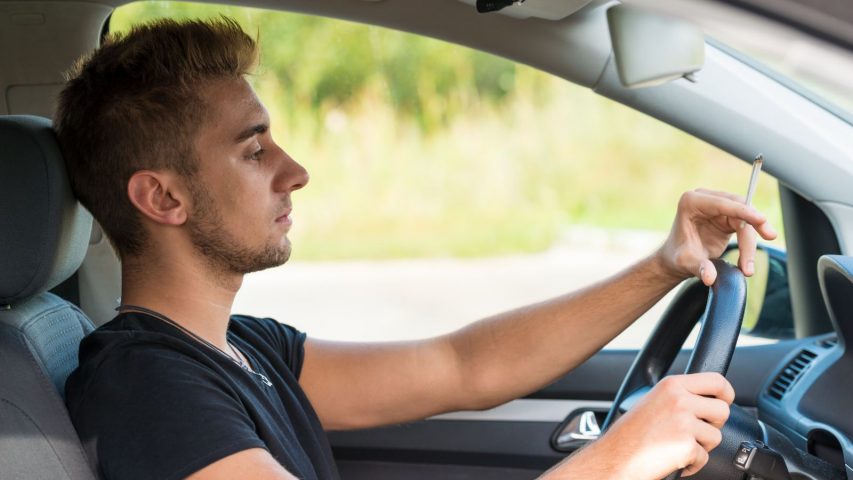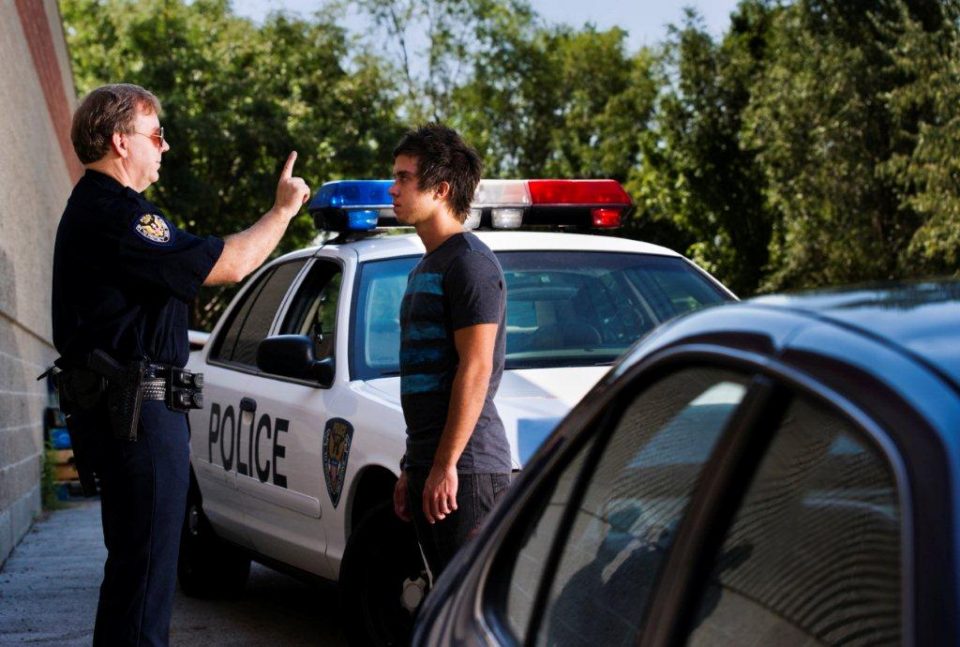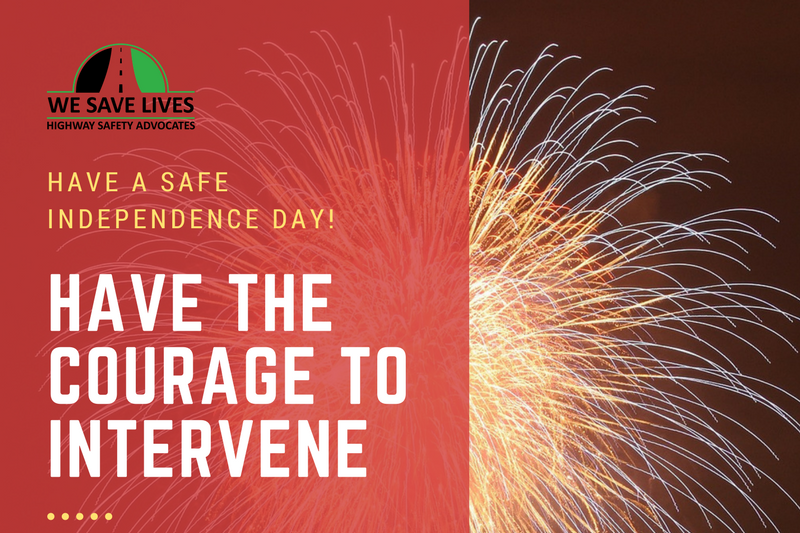- WE SAVE LIVES
- info@wesavelives.org
THC per se laws don’t work and are not needed: There’s a better way

Cari’s anniversary 2023
April 30, 2021
Letter of support for distracted driving legislation
May 25, 2022This is a guest post, originally published by Ed Wood of DUID Victim Voices.
THC (delta-9 tetrahydrocannabinol) is the primary psychoactive ingredient in marijuana that causes driving impairment. Legislators have long sought a per se level of THC in a driver’s blood that is equivalent to alcohol per se levels, .08 BAC in the United States and .05 BAC in most other countries.
“The Futile Search for the “Right THC per se Level” describes why there is no scientifically valid THC per se level. It is not because we need more studies. We have done the studies and we know that such a level cannot exist and why it cannot exist. Alcohol is the only impairing drug that has a good correlation between blood drug level and level of impairment.
There is no level of THC in blood above which everyone is impaired, and below which no one is impaired. But that fact has not prevented Washington, Montana and Illinois from setting an arbitrary 5-ng/mL THC per se level in whole blood. Other states are poised to follow their bad example.
The fundamental flaw with any THC per se limit is that impaired drivers below any arbitrary limit are unlikely to be convicted. The number of impaired drivers who test below 5-ng/mL is not trivial. Reports from Colorado, Washington, Pennsylvania and Sweden reveal that among THC-positive drivers arrested for impaired driving, between 50% and 90% test below 5-ng.
Some claim that a 5-ng limit will convict non-impaired drivers above 5-ng. While possible, that is unlikely because a police officer cannot even request a blood test unless a driver demonstrates evidence of impairment. To do otherwise is violation of the 4th amendment to the US Constitution which courts will not allow. Nevertheless, the claim is not without merit.
The above states do not report either improper exoneration of THC impaired drivers below 5-ng or conviction of non-impaired drivers above 5-ng because they do not measure, analyze and publish their DUI data as Colorado has done since 2017.
Not only are THC per se laws scientifically invalid, but we also now have evidence that in practice, a 5-ng level has the following flaws:
It does not work,
It is not necessary to achieve a proper conviction, and
It is being abandoned by prosecutors.
This evidence comes from Colorado, the only state to collect, analyze and publish DUI statistics that enable us to answer questions about the efficacy of a 5-ng THC law.
Colorado has a 5-ng THC whole blood permissible inference law. Unlike a per se law, it allows a court to infer that a driver was impaired if the 5-ng limit was exceeded, but only if other evidence supports that conclusion. That structure was put in place to ensure that non-impaired drivers above 5-ng would not be convicted of driving under the influence.
Colorado has not one, but two different impaired driving violations :
DWAI Driving While Ability Impaired, and
DUI Driving Under the Influence.
Colorado’s law defines DWAI as impairment to the slightest degree so the driver is less able than he ordinarily would be to drive safely. The more egregious DUI offense is defined as the substantial inability to drive safely. Colorado’s law applies only to DUI; there is no THC permissible inference for the lesser DWAI offense. Colorado’s inconsistent application of permissible inference allows us to compare conviction rates for THC-impaired driving with and without a whole blood 5-ng permissible inference level. Nowhere else in the world can this be done.
The tables below are from the Department of Public Safety , charged with the responsibility to publish DUI statistics since 2017. The data are from calendar year 2019, the last year for which data are available. Unpublished data from 2018 show similar results.
The top table below shows THC only cases, the bottom table shows alcohol only cases. Polydrug cases are not included here. Each table shows two offenses: DUI in the top two rows, DWAI in the bottom two rows. Each offense shows charges and convictions for drivers above and below the respective legal limits: 5 ng for THC and .08 gm/dL for alcohol.
Observe the following:
- First, DUI convictions for stoned drivers above THC’s legal limit was only 70% vs 93% for drunk drivers above alcohol’s legal limit. It appears that the permissible inference structure does indeed ensure that there are no convictions of drivers based simply on toxicology results.
- Second, the THC conviction rates for those testing below the 5-ng level were a negligible 8% conviction rate for DUI but a 93% conviction rate for DWAI. Clearly a 5-ng inference level makes it extremely difficult to convict those drivers of DUI. But the 93% conviction rate for DWAI where the inference level does not apply, tells us that those drivers were indeed impaired.
- Third, 72% of the THC convictions were for DWAI, not DUI. This tells us that prosecutors have all but given up on relying upon the 5-ng law. They may charge both DUI and DWAI, but charging DUI only is uncommon.
- Fourth, the extremely high THC conviction rate for DWAI – 99% and 93% tells us that a THC inference level is not even needed to achieve a conviction.
- And finally, lest you think the THC DWAI convictions imply those drivers are only modestly impaired, you should realize that DWAI is more of a plea bargain tool than it is a definition of degree of impairment, despite the legal definitions above. That is evident in the lower table. Nearly half of all alcohol cases were convicted of DWAI, including 45% of all alcohol cases above the per se All those drivers would have been convicted of the more serious offense of DUI per se had it not been for plea bargains.
THC only
| Charge | Charges | Convictions | % Convictions |
| DUI 5 ng+ | 221 | 155 | 70% |
| DUI < 5 ng | 98 | 8 | 8% |
| DWAI 5 ng+ | 372 | 370 | 100% |
| DWAI <5 ng | 56 | 52 | 93% |
Alcohol only
| Charge | Charges | Conviction | % Convictions |
| DUI BAC .08+ | 5,397 | 5,032 | 93% |
| DUI < BAC .08 | 91 | 24 | 26% |
| DWAI. BAC .08+ | 4,096 | 4,094 | 100% |
| DWAI<BAC .08 | 790 | 670 | 85% |
From the above, we reach the following conclusions:
- A 5-ng law does not work. A 5-ng legal limit does not distinguish impaired drivers from non-impaired drivers; it merely makes it more difficult to convict impaired drivers below the legal limit.
- A THC legal limit is not necessary. The 99% and 93% conviction rates for DWAI that has no THC legal limit demonstrate that fact convincingly.
- Prosecutors do not rely on the 5-ng law. Most (72%) impaired driving convictions were for DWAI where the 5-ng law does not apply.
- The permissible inference structure ensures that non-impaired drivers are not convicted based just on laboratory results. The THC “above the limit” conviction rate was 70% compared with 93% for alcohol “above the limit” cases.
- It may be easier to convict an impaired driver based on a “less able to drive safely” standard than on an “unable to drive safely” standard. The data are not conclusive here, since DWAI is used so commonly as a plea bargain tool. But the difference between a 70% DUI conviction rate and 100% DWAI conviction rate cannot be ignored.
Incidentally, the high prevalence of polydrug impaired driving makes drug per se laws even more problematic. Since drug effects are additive, a driver with a non-impairing dose of alcohol combined with a non-impairing dose of THC can be high impaired. Yet that driver could not be convicted under per se laws.
So, what should states do?
- Get the data. Find out what your drugged driving problems are and what they aren’t.
- Define impaired driving properly. Avoid the “incapable of safe driving” statutory definition used by 12 states. Adopt the “less safe to drive” or similar statutory standard used by 22 states. The remaining states do not statutorily define impaired driving. They should.
- Ensure adequate staffing and training of police officers. All officers who enforce driving laws should remain current with their SFST (Standardized Field Sobriety Test) training. Where possible all officers who enforce driving laws should take the ARIDE course (Advanced Roadside Impaired Driving Enforcement). Each state should have a number of active DREs (Drug Recognition Experts) suitable for the state’s geography and population.
- Ensure adequate training of prosecutors. Many training tools are available, including the use of TSRPs (Traffic Safety Resource Prosecutors).
- Educate citizens about the dangers of drugged driving, using data from step #1.
- If drugged driving remains a stubborn problem after enacting the above steps, then insert a clause such as the following in the state’s impaired driving law:
“If a driver’s blood or oral fluid contains a measurable level of one or more impairing substance other than alcohol, such fact gives rise to a permissible inference that the driver is impaired.”
Alcohol should be an exception because its per se level has been well established as being effective.
Further information on this topic is available on the Every Brain Matters webinar.




